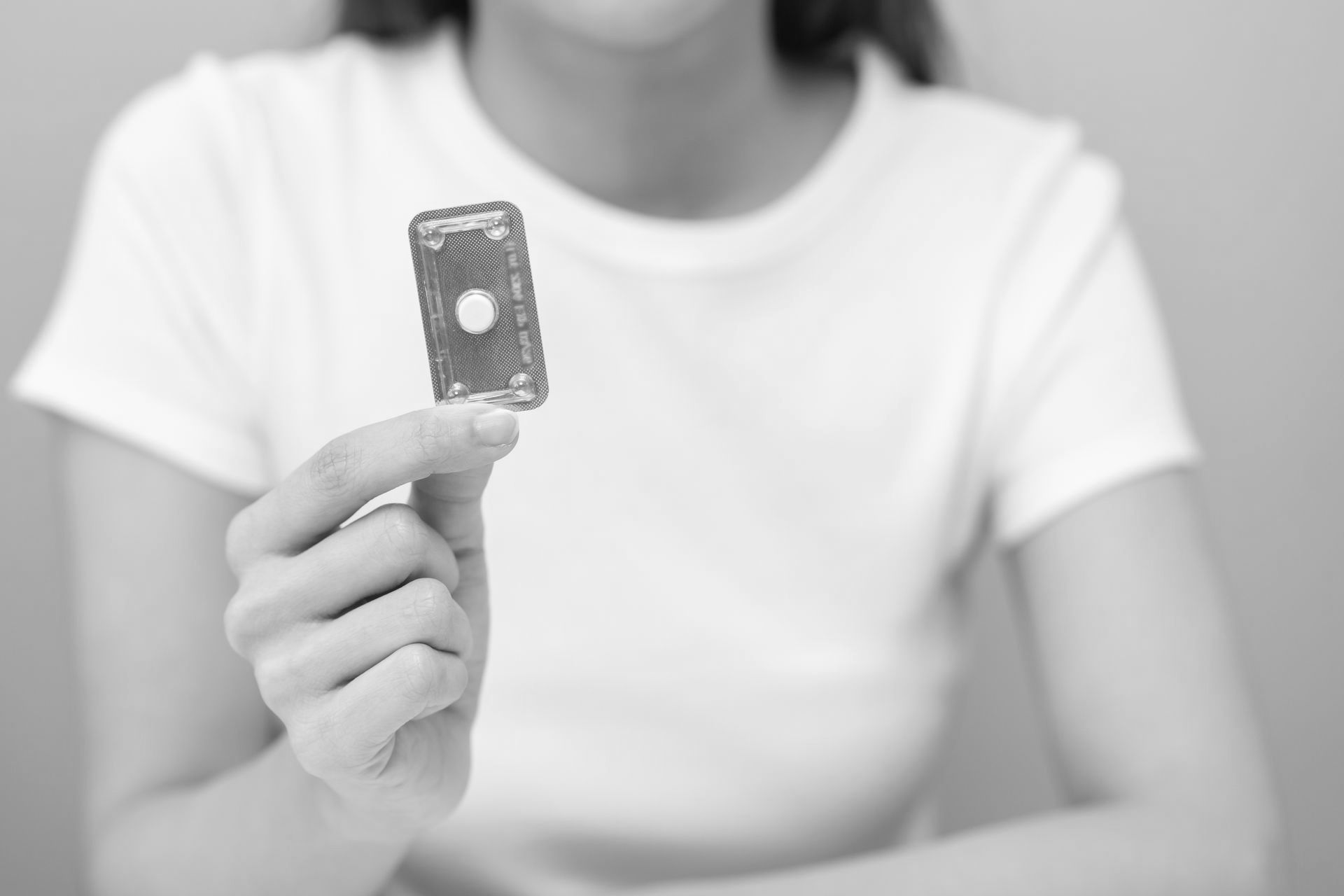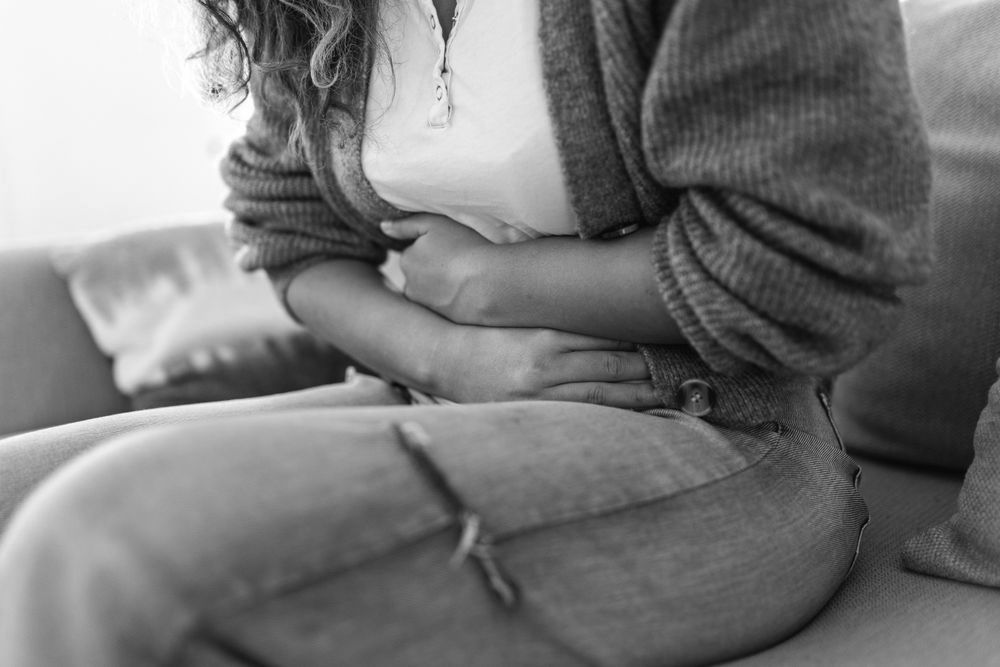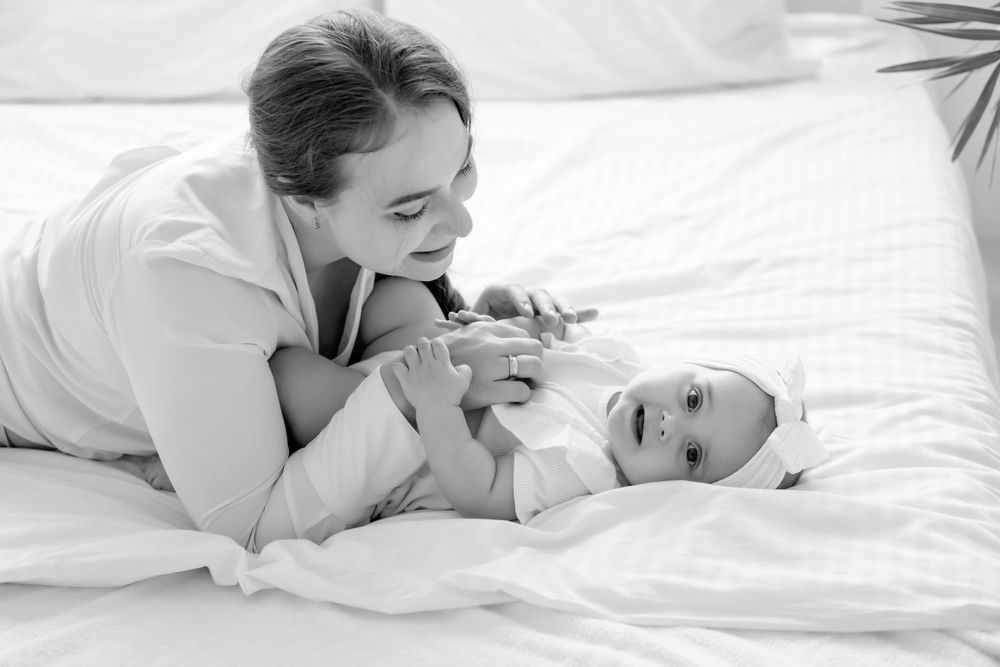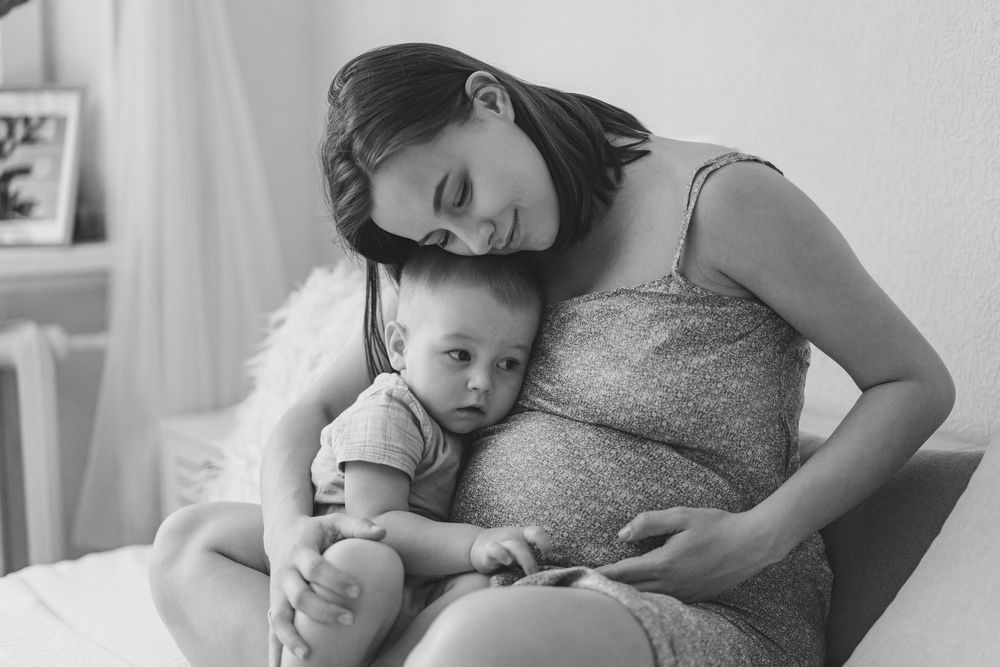Understanding The 4 Phases of Your Menstrual Cycle and Pregnancy Likelihood
Share this Article:
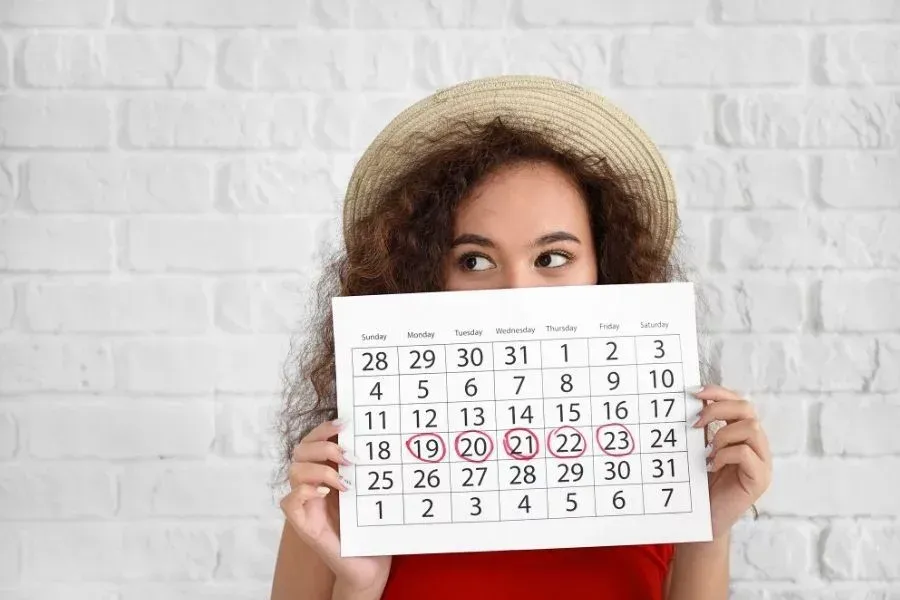
Nothing can produce anxiousness quite like wondering if you are pregnant. If it is too early for a pregnancy test, you have probably scanned your calendar or checked your cycle tracking App and compared it with your menstrual cycle thinking back over the past couple of weeks and tried to determine the odds of an unplanned pregnancy.
Knowledge is power, and learning about your cycle empowers you to make reproductive choices that are best for your life. Read on to learn more about understanding how your menstrual cycle works and how likely you are to be pregnant.
The 4 Phases of Your Menstrual Cycle
Your “cycle” is a hormonal process your body goes through each month to prepare for a possible pregnancy. The length of your cycle is measured from the first day of your period to the day before your next period.
The average length of a woman’s cycle is 28 days, but it can vary from 21 days to 35 days. There are four phases to your menstrual cycle, and they include:
1. Menstrual Phase
The menstrual phase of your cycle is when you have your period. Your progesterone levels drop, and your uterus sheds the lining that was prepared for a pregnancy that did not occur. The menstrual phase typically lasts between three and seven days.
2. Follicular Phase
The follicular phase is about the first half of your cycle: it usually lasts from ten to seventeen days. It starts on the first day of your period and ends when you ovulate. Ovulation marks the time when one of your ovaries releases an egg and is part of the next phase of your cycle.
3. Ovulatory Phase
The ovulatory phase is the only time when you can become pregnant. This is the time in your cycle that the follicular phase has been preparing for – ovulation. Ovulation occurs about fourteen days before your next period begins. Once an egg is released, it has up to 24 hours to be fertilized in the fallopian tube.
An important thing to know about the ovulatory phase is that your sex drive will be at its highest. This noticeable change is due to several hormones that are released as nature’s way to increase the chance of pregnancy if sperm were present in the fallopian tube at the same time as an egg.
4. Luteal Phase
The luteal phase is the second half of your cycle. It starts after ovulation as the egg begins to travel through the fallopian tube on its way to the uterus, and it ends when your next period starts.
Which Phase Affects Pregnancy Likelihood?
Considering all this information about your cycle, how likely are you to be pregnant?
- After an egg is released, it is viable for up to 24 hours.
- Sperm can live in your body for up to five days!
This means you are most likely to become pregnant if sperm is present a few days before ovulation or within 24 hours of when you ovulate. When you put it all together, there can be as much as a six-day window of time each month around ovulation that you are at risk of becoming pregnant.
Keep in mind that you can become pregnant when you are breastfeeding, bleeding, or using any kind of birth control.
See if You're Pregnant with a Free Pregnancy Test
If you think you might be pregnant, Willow Womens Center is here to help you with no-cost services provided by compassionate, licensed healthcare professionals. Reach out today for your confidential appointment or call us at 608.312.2025.
Connect with Us:


